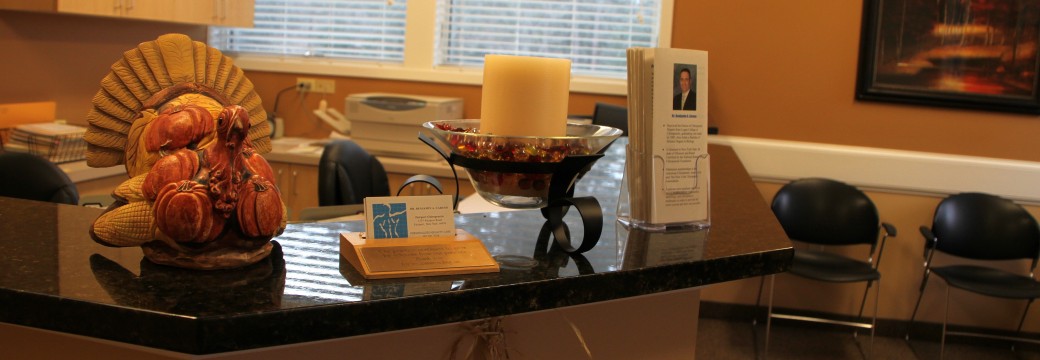Thanksgiving – How Did It Begin?
Having a day specifically set aside for giving thanks started in America in 1621. Governor William Bradford proclaimed a day of Thanksgiving for the harvest reaped by the Plymouth Colonists after a winter of privation. An ensuing feast was shared by the colonists and their Indian neighbors.
Celebration of Thanksgiving Day as a national holiday with religious overtones dates to 1863 when President Abraham Lincoln issued the first national Thanksgiving Proclamation on October 3, setting the last Thursday in November to be observed for expressing thanks for the blessings of the year. Much credit for the holiday should be given to Sarah Hale, editor of the Ladies’ Magazine, who campaigned relentlessly for national observance by writing to the governors of all states and to the president.
President Lincoln’s action on 1863 was widely responded to in the North (while the Civil War was still raging) with services held in churches of all denominations. After services, the practice began for families to gather around the table for a bounteous dinner with roast turkey, pumpkin pie and apple cider.
In 1941 a Congressional Joint Resolution set the fourth Thursday of November as the official day for observing Thanksgiving.



